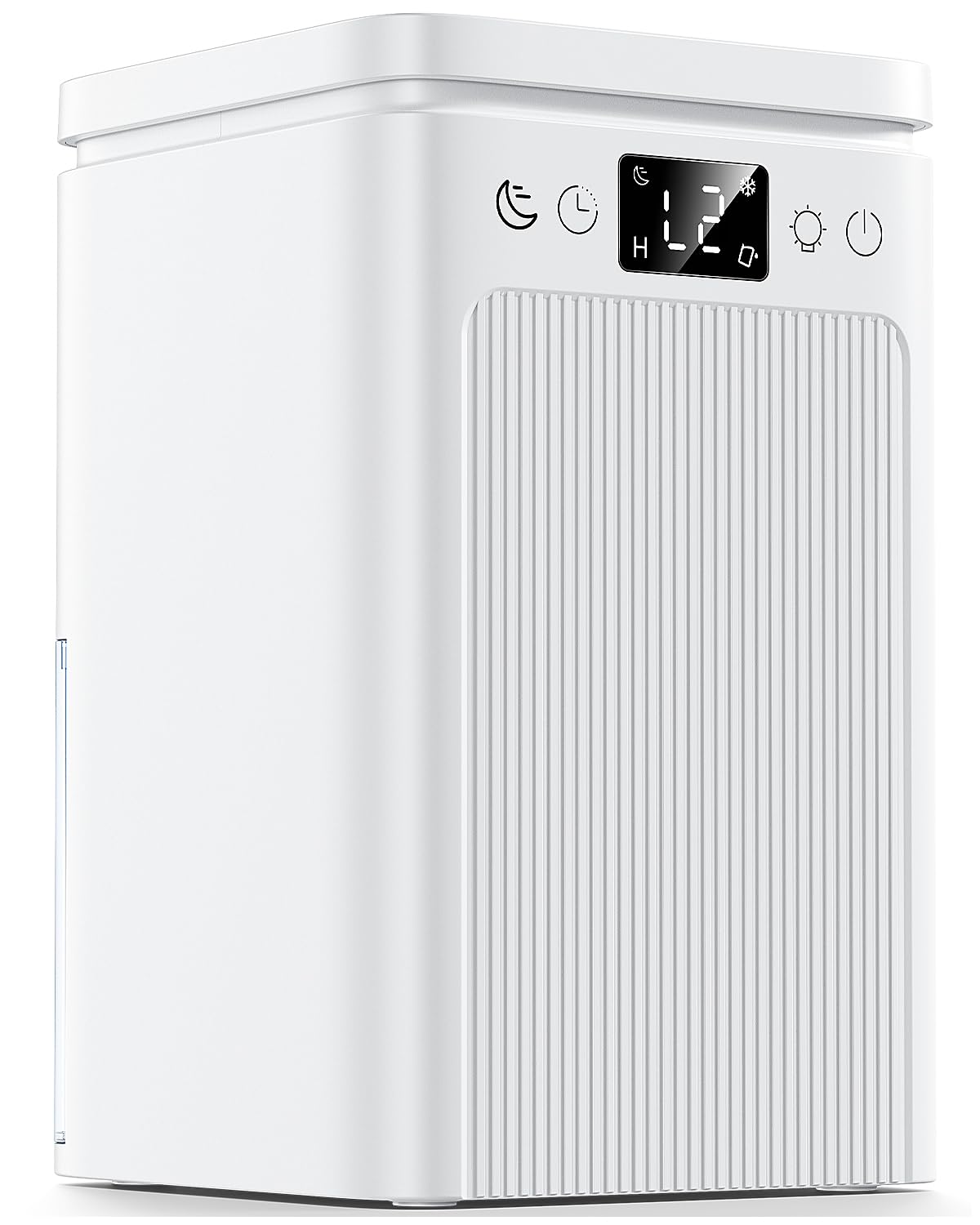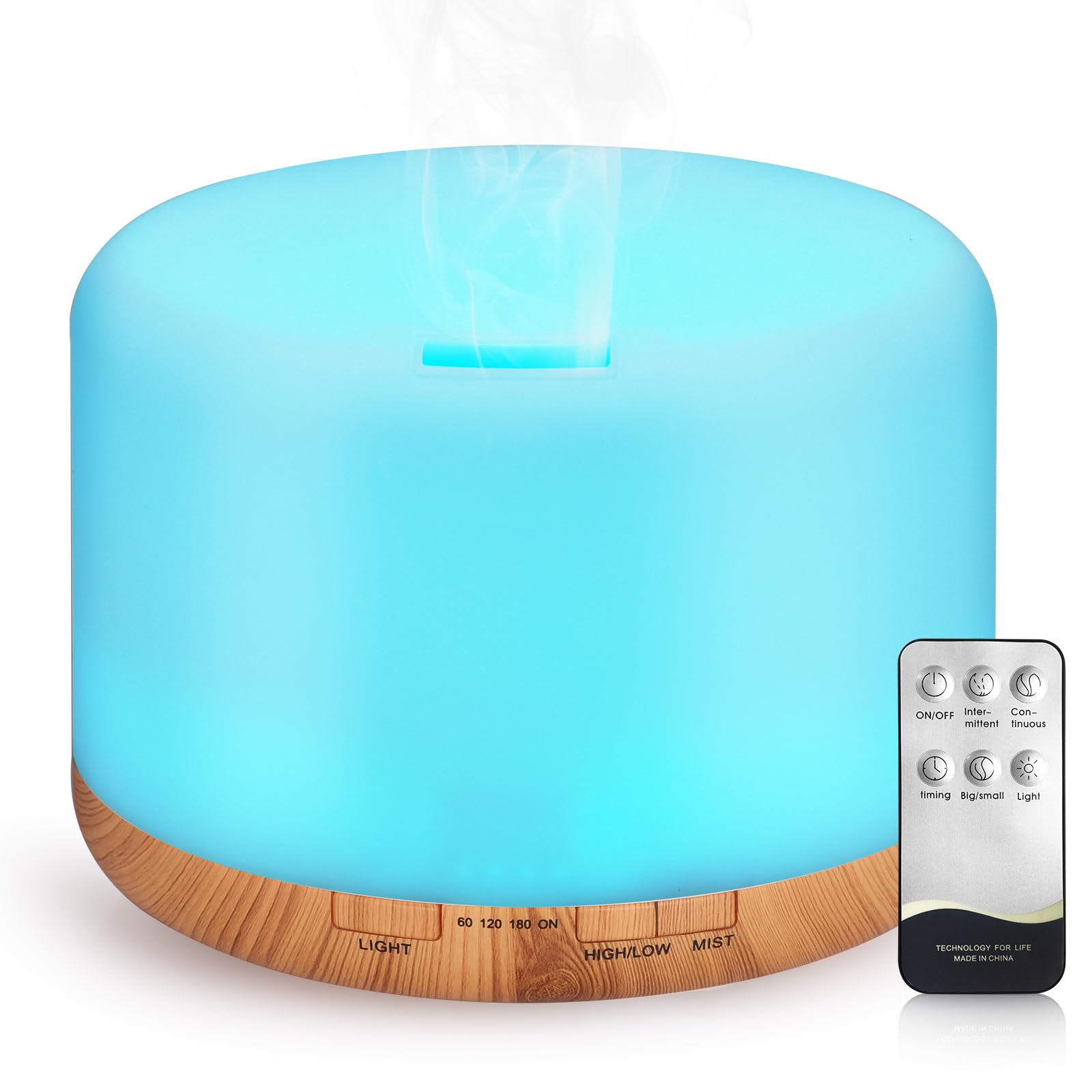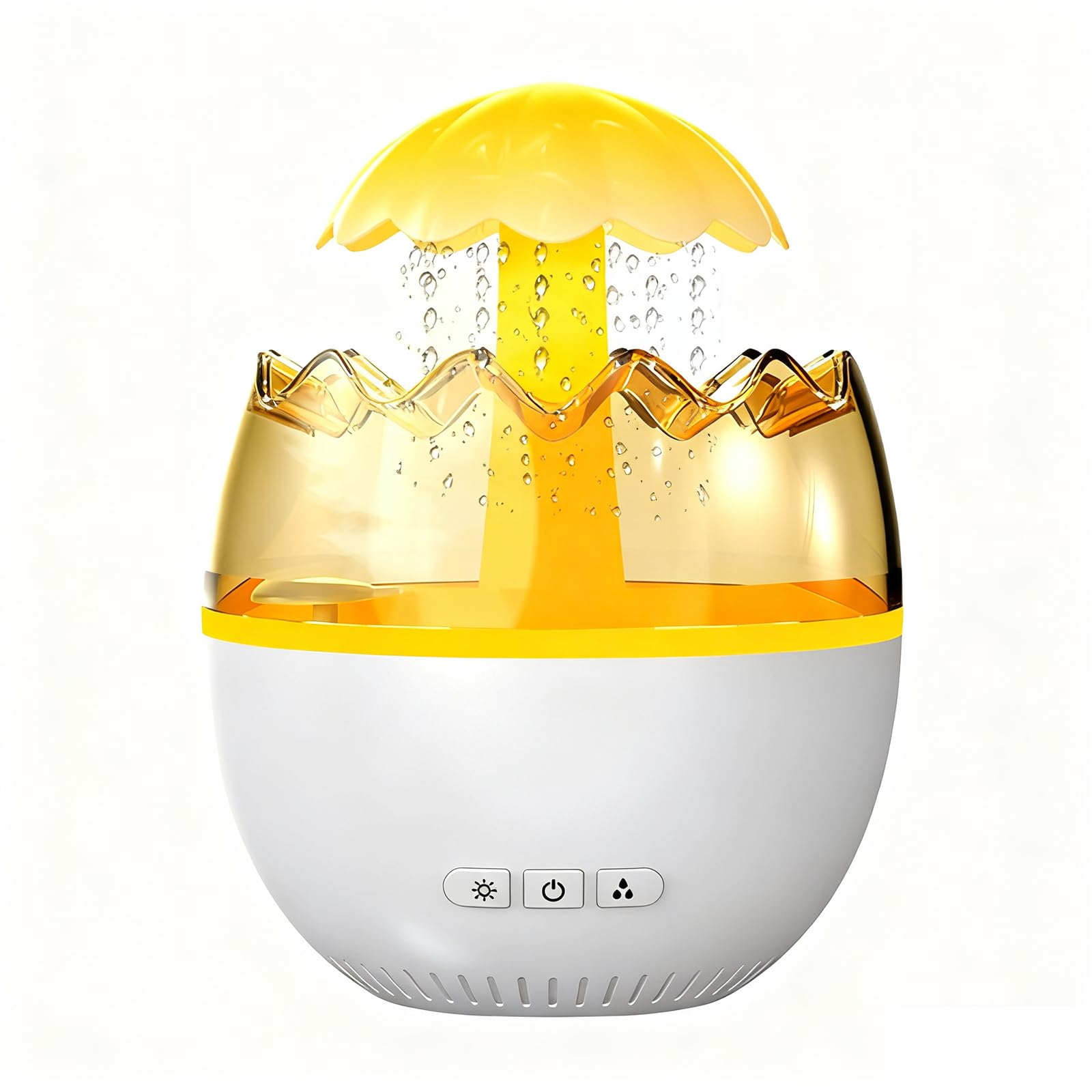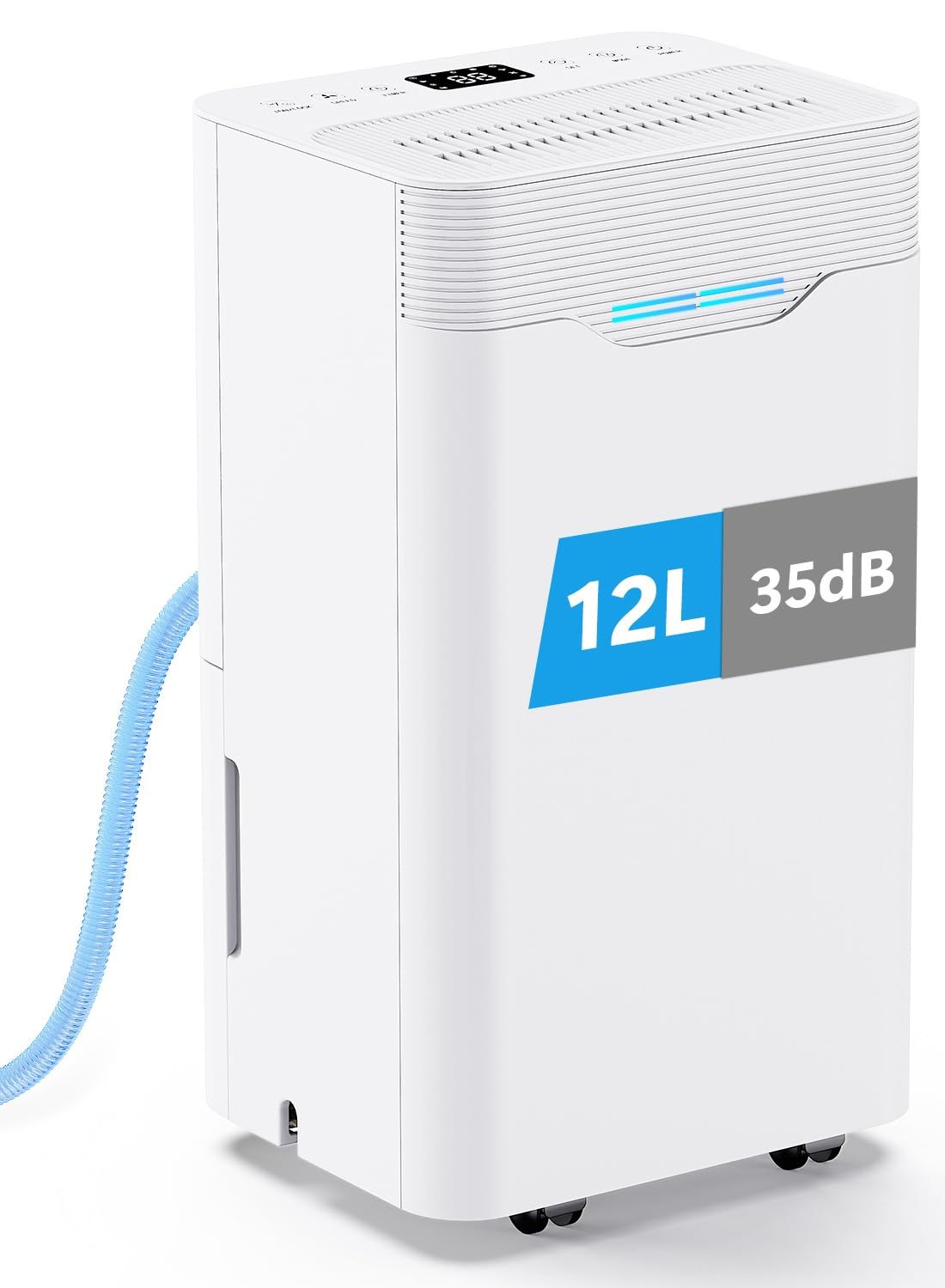Dry throats in winter and damp windows in autumn are opposite problems, yet they often happen in the same UK home. A humidifier adds moisture to dry indoor air. A dehumidifier removes excess moisture from damp rooms. This guide helps you diagnose which device you need, how to measure the issue with simple tools, and how to use both wisely across the seasons so your home feels comfortable and healthy.
Dry bedrooms benefit from humidifiers sized for the space.
Dry vs Damp: Know the Signs
Dry air shows up as scratchy throats on waking, static on bedding, and cracked lips. Damp air shows up as condensation on windows, musty smells and dark spots on cold walls. The same bedroom can swing between the two if heating and ventilation patterns change. Do not guess which you have. Measure to be sure.
Measure with a Hygrometer
A small digital hygrometer shows relative humidity (RH). Aim for around 40 to 60 percent. Below 40 percent, a humidifier helps you feel comfortable. Above 60 percent, a dehumidifier reduces excess moisture. Check readings in the evening and morning to learn how your room behaves. Use those numbers to decide which device to run and when.
When to Use a Humidifier
Central heating often dries winter air. If your bedroom drops to 30 to 35 percent RH at night, run a small, quiet humidifier on low to bring the room up to around 45 to 50 percent. Place it a metre or two from the bed and away from walls. Clean it weekly and use distilled water or cartridges in hard water areas to avoid white dust. A modest boost in RH reduces irritation without encouraging mould.
When to Use a Dehumidifier
If you see condensation on windows in the morning or you dry laundry indoors, RH can spike past 60 percent. Run a dehumidifier in the affected room to bring RH back down to the mid 40s or 50s. Close windows while drying a specific room and leave internal doors ajar if you want to dry a larger area. In cold spaces, desiccant models perform best; in warm rooms, compressor models are more efficient.
Using Both Across the Year
In winter, you may run a humidifier at night in a heated bedroom while using a dehumidifier during the day in a utility room for laundry. In autumn, as temperatures fall and damp rises, the dehumidifier may take centre stage across living spaces. In summer heatwaves, a small amount of cooling airflow and proper ventilation may avoid the need for either device. The point is to respond to what your home actually needs rather than using one device year round out of habit.
Ventilation Still Matters
Fresh air remains important. Even with a humidifier, open windows briefly during the day to exchange stale air. With a dehumidifier, ventilate between sessions to prevent stuffiness. Use extractor fans in kitchens and bathrooms to remove moisture at the source. Good ventilation reduces the workload on both devices.
Room-by-room picks appear in humidifiers for bedrooms and dehumidifiers that control winter moisture; some pair either device with a sealed-filter air purifier.
FAQs
Can I use a humidifier and dehumidifier in the same home? Yes. Use each where and when it is needed. Measure RH and target the 40 to 60 percent comfort range.
Will a humidifier cause mould? Not if used sensibly. Keep RH below 60 percent and clean the unit weekly. If condensation appears, lower the setting.
Is a dehumidifier noisy for bedrooms? Many run quietly on low. Place away from the bed and run higher during the day to reduce night use.





